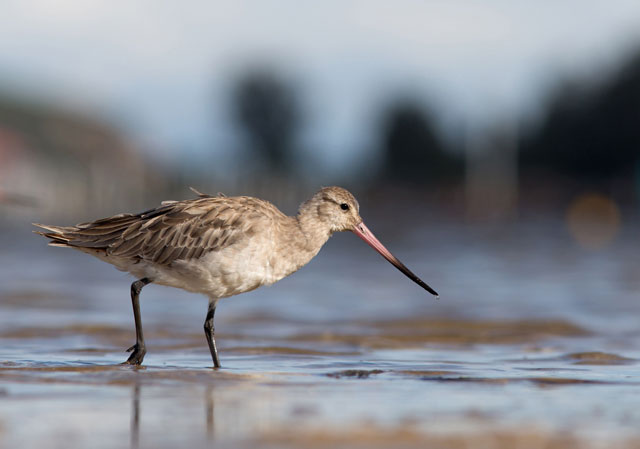
Feathered tourists such as the grey plover, red knot and common sandpiper commonly spend several months each year Down Under after their breeding season in the northern hemisphere, travelling thousands of kilometres to get here.
"Shorebirds such as the female bar-tailed godwit match the incredible long-haul range of an Airbus A380," Environment Minister Greg Hunt said in a statement. "But the perilous nature of migration, where birds cross multiple national boundaries, means shorebirds face a multitude of threats."
Hunt said a new plan, designed to help protect some 35 species, recognised that some populations of these birds were in decline. "There is a growing need to reduce the threats to their habitat," he said, adding that this was critical for the birds' continued survival.
Australia's coastal and freshwater wetlands are a resting and feeding zone for the migratory shorebirds -- with some travelling up to 11,500 kilometres (7,146 miles) non-stop to journey south.
Many travel along the East Asian-Australasian Flyway which extends from breeding grounds in the Russian tundra, Mongolia and Alaska south through Asia to non-breeding areas in Indonesia, Papua New Guinea, Australia and New Zealand.
Hunt said cooperation between countries was required to protect the birds and the new Wildlife Conservation Plan for Migratory Shorebirds provided the foundation for this.
"This plan is guiding our bilateral talks with Japan, China and the Republic of Korea on how threats to migratory shorebirds in the Yellow Sea region can be managed with the help of local communities," he said.
The plan notes that habitat loss as a result of development is the most significant threat to migratory birds in Australia.
Along the route it said coastal development in stop-over areas in the Yellow Sea region bordered by North Korea, China and South Korea was of particular concern and the plan aimed to protect remaining tidal flats in the Yellow Sea.
Chris Purnell from BirdLife Australia welcomed the plan but said there was still work to be done studying wetlands in Australia given gaps in the existing knowledge.





1732354127-0/Untitled-design-(3)1732354127-0-270x192.webp)


1732344836-0/BeFunk_§_]__-(37)1732344836-0.jpg)








COMMENTS
Comments are moderated and generally will be posted if they are on-topic and not abusive.
For more information, please see our Comments FAQ